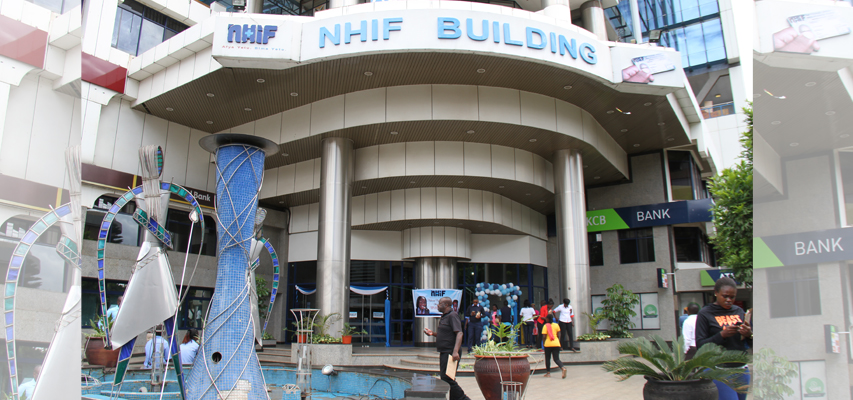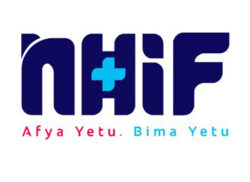
Social health insurance is a key pillar for achieving UHC in Kenya. Ongoing reforms at NHIF are designed to make it more effective and responsive.
These include restructuring the management structure, constantly reviewing member contributions, extending the benefit package to outpatients, and adopting new strategies to increase membership.
But NHIF cannot do it alone. Private health insurance companies will still be important in financing the health system through supplementary insurance.
UHC still faces big challenges, not least of which is the continued growth of an informal economy where most players remain out of reach of NHIF and the goal of a more equitable universal system of health coverage in Kenya.
Experience in countries like South Korea have shown that formalisation of the labour force greatly increases the chances of equitable and sustainable social health insurance coverage.
Kenya’s majority poor is another obstacle facing NHIF. While the proportion of Kenyans living in poverty fell by 10.5 percentage points in the decade since 2008, to 36.1 percent in 2018, according to the Kenya National Bureau of Statistics (KNBS), poverty rates are still very high when compared with other lower middle-income countries.
According to the World Bank, gains in poverty reduction are vulnerable to agro-climatic shocks such as drought. This means that GDP growth does not necessarily translate to higher consumption at household level, leading to the saying that “people cannot eat GDP.”
Scaling up and geographic targeting of anti-poverty and social protection programmes are important instruments to target the neediest households and reduce regional disparities, notes the World Bank.
With a high poverty level, Kenya needs to develop a reliable and sustainable safety net for the poor. One way of doing so is to subsidise the NHIF to lower premiums for the poor, and help the self-employed and informal sector workers to join the Fund. For now, this is difficult because the Government’s resources are strained.
Another option is to expand private health insurance schemes through investment forums, community groups and families. This would reduce administrative costs, mitigate adverse selection, and provide uniform premiums to members.
Kakamega County also provides useful lessons in addressing high maternal and child mortality rates, while moving towards UHC. The county rolled out its Imarisha Afya ya Mama na Mtoto programme in the face of one of the highest maternal mortality rates in Kenya.
This was done collaboratively with Unicef, Amref and the Swedish government. Enrolled women deliver free of charge in health facilities (rather than at home) and receive a full vaccination cycle. Mothers also get a grant to take care of themselves and their babies.
Initial results indicate improvement in skilled deliveries from 33 percent to 56 percent and a reduction in maternal mortality from 800 to 460 per 100,000 mothers in the programme’s three-year cycle.
